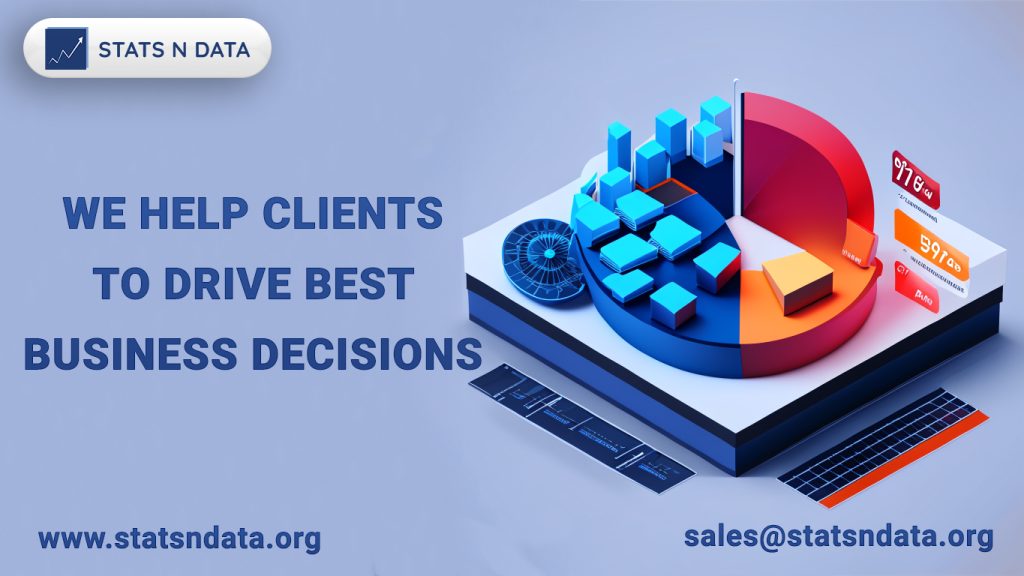IBM FlashSystem update focuses on ransomware detection
In the latest update of its FlashSystem primary storage device, IBM made changes to both its primary storage hardware and Storage Defender software. FlashCore Modules, flash storage it uses in place of SSDs, are now in their fourth generation and provide extra computation to power an analysis of I/Os. IBM Storage Defender, primary and secondary data protection software, will now use low-powered AI sensors to search for anomalies.
In storage, ransomware detection is often relegated to backup software and products. But data resiliency and data protection is everyone’s job, according to Scott Sinclair, an analyst at TechTarget’s Enterprise Strategy Group. The responsibility stretches beyond the cybersecurity team or the backup team to all parts of the IT stack.
“The storage team needs to prioritize data protection,” he said. “The faster you can identify an issue, the faster you recover, the better off you are.”
Security in the media
FlashCore Modules look like traditional 2.5-inch SSDs but have more Arm-based cores and a field-programmable gate array, a configurable device to meet desired requirements, that turns the modules into computational storage devices, according to Sam Werner, vice president of storage product management at IBM. The modules use quad-level cell NAND but can perform at a faster, triple-level cell performance at a lower cost, he said.
The additional Arm cores provide the FlashSystem with extra computation to conduct an analysis of I/Os and look for anomalies, Werner said. This means the FlashCore Modules can detect ransomware on the flash itself, in under a minute, he added. When data is stored using flash technology, it is not updated but is instead rewritten somewhere else in the media, with a second copy existing for a short period of time. Ransomware detection can now analyze one copy outside the data path, without slowing performance.
Tools such as AI detection in primary storage can help organizations fight against ransomware, according to Sinclair. These attacks will continue and increase in…




